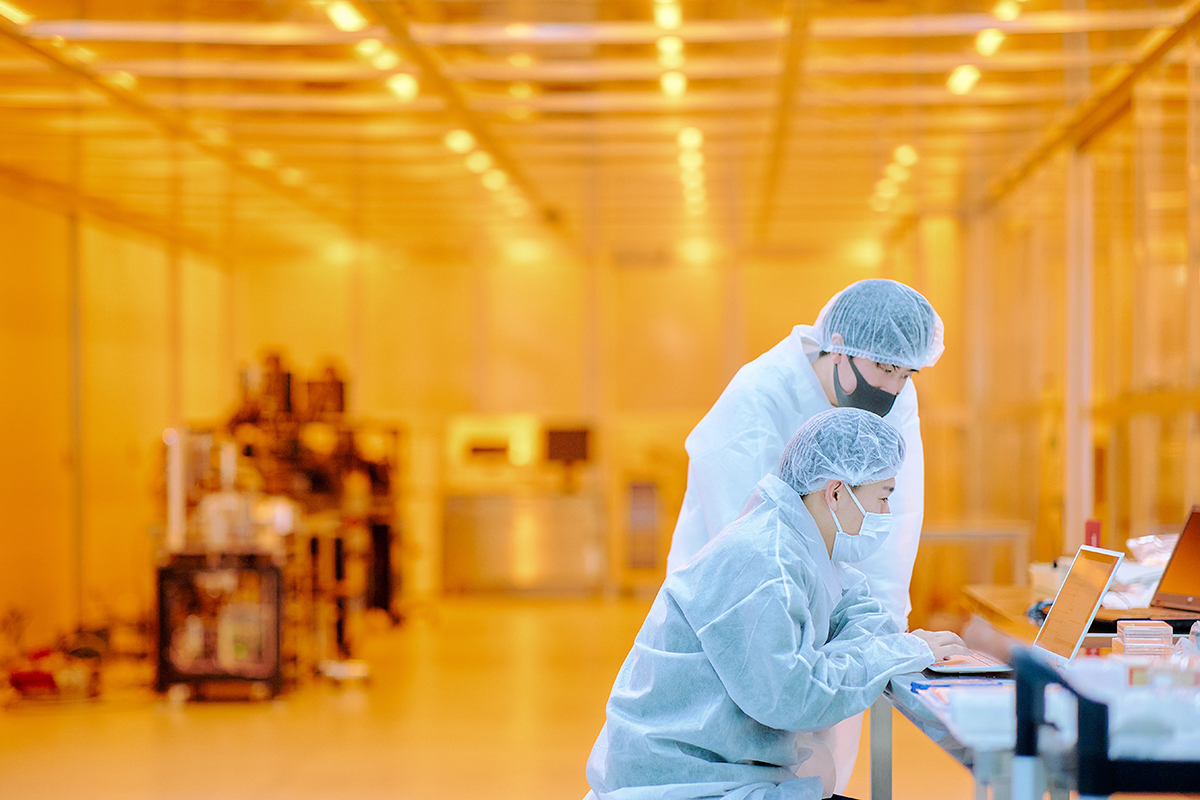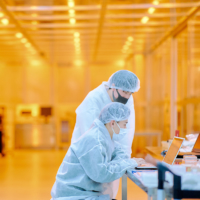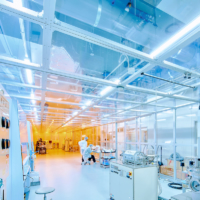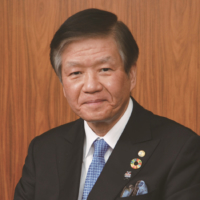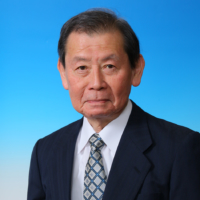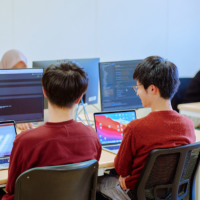Kumamoto University in Kyushu’s Kumamoto Prefecture has a long history of providing talented human resources to and conducting joint research with semiconductor-related companies such as Sony Semiconductor Manufacturing Corp. and Tokyo Electron Ltd.
With the expansion of Taiwan Semiconductor Manufacturing Co. to Japan in fall 2021, demand for human resources in this field has been booming. In response, KU established a semiconductor research and education center in April 2022.

The center was developed into the current Research and Education Institute for Semiconductors and Informatics (REISI) in 2023. The organization is made up of a total of 42 researchers, 10 of whom are researchers in semiconductor-related fields that KU already had in various departments and were brought together to form the institute, along with new researchers that KU recruited from the University of Tokyo and other universities, companies and the National Institute of Advanced Industrial Science and Technology.

“The institute aims to support human resource development in the semiconductor field at all levels, from undergraduate to Ph.D., while advancing research in the field,” said President Hisao Ogawa in a recent interview with The Japan Times.
This year, KU established the School of Informatics, offering the data science general course and data science semiconductor course, which provides basic knowledge ranging from semiconductor design, manufacturing processes and quality control to data science, artificial intelligence and other information sciences. Students are then trained to become engineers who can utilize their expertise to engage in quality control of each process of semiconductor device manufacturing and maximizing plant functions through optimization of the manufacturing process.
The School of Informatics is characterized by its diverse faculty. Faculty from various departments, including not only engineering, but also law and the School of Medicine, offer classes. To ensure student diversity, there are multiple options in the admissions process and efforts are made to increase the number of female students.
The Semiconductor Device Program in the Faculty of Engineering was also established this year. With a stronger focus on manufacturing, the program extracts semiconductor-related elements from various disciplines traditionally included in the engineering faculty.

“We aim to facilitate the use of various specialties, including materials engineering and mechanical engineering, in the manufacture of semiconductors,” said Hiroshi Nakashima, a distinguished professor at REISI.
In 2025, a new department dedicated to the study of semiconductors and information mathematics will be established in the Graduate School of Science and Technology. The program’s main purpose is to accept students who will graduate from the School of Informatics and the Semiconductor Device Program in four years with the intention of furthering their expertise. “But it was established earlier in light of the rapid shortage of semiconductor personnel so that we can start accepting students graduating from other undergraduate majors or from outside the university,” Ogawa said.
“According to a report compiled by the Kyushu Bureau of Economy, Trade and Industry, the semiconductor industry is expected to face a shortage of 1,000 workers each year for the next 10 years,” Nakashima said. KU thus aims to cultivate human resources engaged in chip manufacturing and quality control, as well as researchers and top engineers in the field. Collaboration between KU and the industry is also deepening.

“We have conducted joint research with Sony Semiconductor Solutions Corp. on the evaluation of image sensors in which the company has the largest global market share,” Ogawa said. Since March this year, KU has entered a cooperation agreement with TSMC on research and human resource development. It also cooperates with Japan Advanced Semiconductor Manufacturing Corp., a subsidiary of TSMC.
KU has also maintained a close relationship with Kyushu Institute of Technology, a university strong in the front-end processing of semiconductor manufacturing. Meanwhile, KU excels at the back-end process after the wafers are made.
“The University of Tokyo established its branch at KU last year, and Tohoku University is expected to follow next year. We are also working with various universities and technical colleges in Kyushu to provide human resources for the industry. Otherwise, there’s simply not enough,” Ogawa said.
He also said that KU signed an agreement last year with four universities in Taiwan that are leaders in semiconductor research and human resource development. “We held a symposium on our campus in July this year to mark the beginning of our collaboration. Some joint research projects have already started, and we also plan to increase student exchanges between the universities,” he said.
The university is constructing a new five-story research center, to be completed next year, to serve as a hub for open innovation. “Taking advantage of the regional characteristic of being home to many semiconductor-related companies, we will invite companies and other universities to the center and promote joint research, especially to advance three-dimensional integration of semiconductors,” Ogawa said.
Three-dimensional integration is a new technology that allows different chips to be vertically stacked in one package and is expected to address the limit of semiconductor miniaturization.
To accelerate research in this area, KU, with the cooperation of the Kumamoto Prefectural Government, obtained a government subsidy in 2023 and established a consortium as part of this initiative.
“We are conducting a survey among the 130 or so companies that are members of the consortium to decide what kinds of machines to install in our research center to maximize the benefits for the members,” Nakashima said.
“There are already nine ongoing collaborative research projects within the consortium, including some that are getting closer to commercialization,” Ogawa said. One is led by Masahiro Aoyagi, a distinguished professor at KU, that involves through-silicon via technology used to electrically connect vertically stacked chips by drilling small holes in wafers and filling them with metal. “What we will achieve through this consortium will also benefit companies that use semiconductors, thus contributing to the growth of all industries that rely on semiconductors. The consortium also aims to create an ecosystem that combines research and business, which have existed separately until now,” Ogawa said.
KU is also taking environmental impact into consideration. “Semiconductor manufacturing uses a large amount of groundwater. There is ongoing research by a professor in the Faculty of Science on the impact of semiconductor plants on groundwater and groundwater conservation based on data he has collected over the years,” Ogawa said.
Both industry and academia have high expectations for KU’s wide-ranging education and research activities aimed at not only advancing semiconductor technology, but also making it sustainable.
This page is sponsored by Kumamoto University.
Kumamoto University

Address: 2-39-1 Kurokami, Chuo-ku, Kumamoto 860-8555
Phone: +81-96-344-2111
E-mail: [email protected]
URL: https://ewww.kumamoto-u.ac.jp/en/



